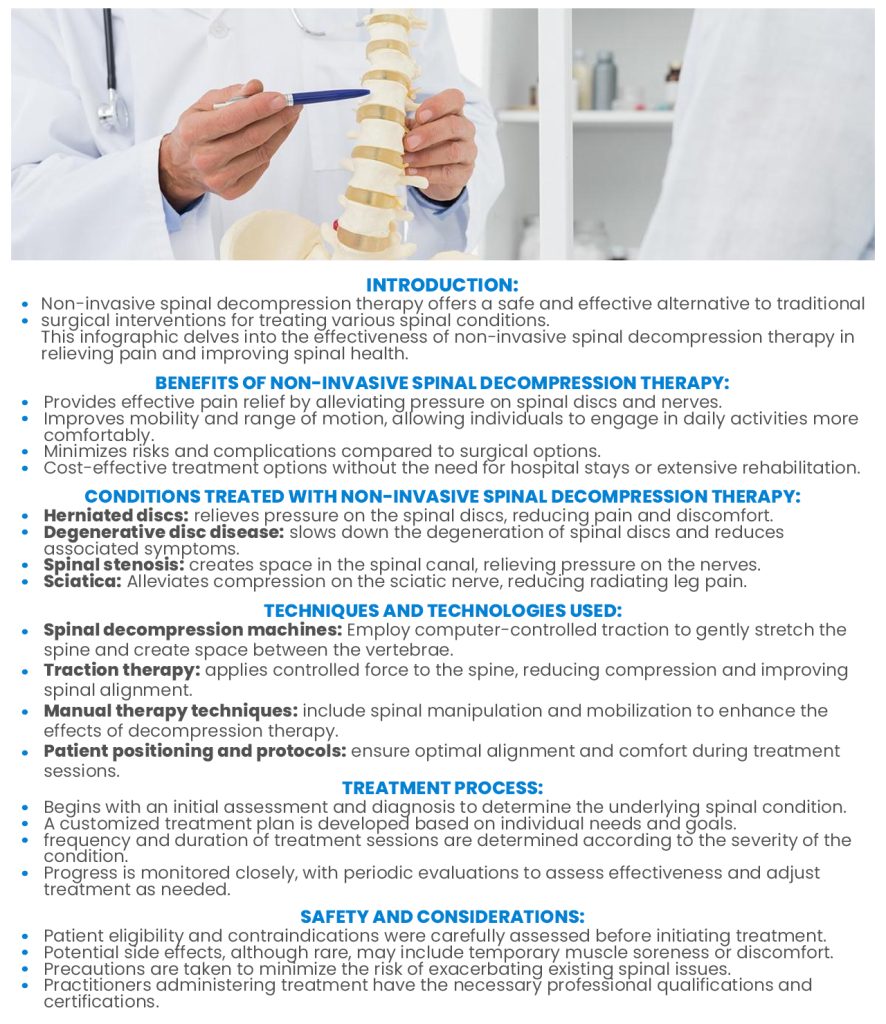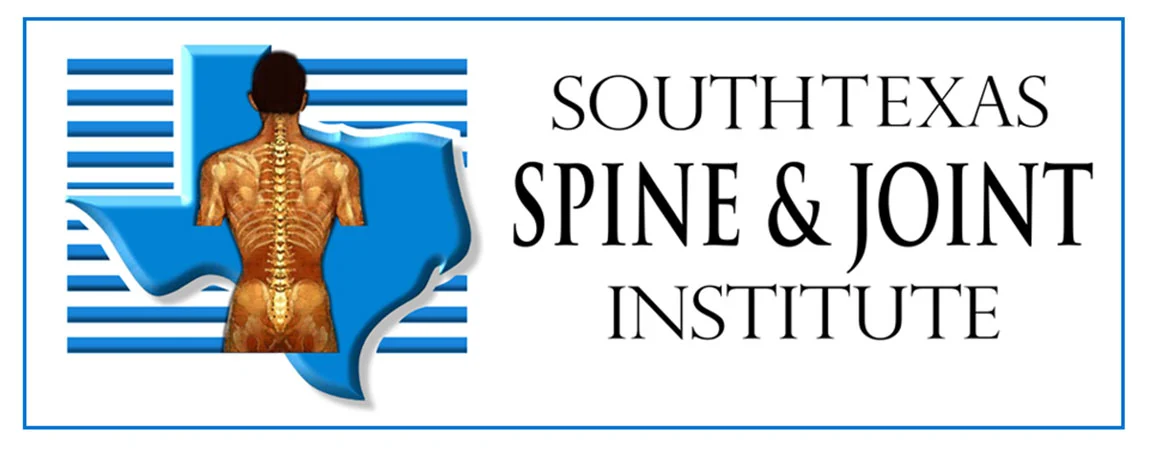
Conclusion:
In conclusion, the exploration of the effectiveness of non-invasive spinal decompression therapy reveals a promising alternative for individuals suffering from various spinal conditions. Through gentle traction and decompression techniques, this therapy offers significant benefits, including pain relief, improved mobility, and enhanced spinal health. By alleviating pressure on the spinal discs and nerves without the need for surgery, non-invasive decompression therapy provides a safer and more conservative approach to spinal care.
One of the key advantages of non-invasive spinal decompression therapy is its ability to address a wide range of spinal conditions, including herniated discs, degenerative disc disease, spinal stenosis, and sciatica. By targeting the underlying causes of these conditions, such as spinal compression and nerve impingement, non-invasive decompression helps individuals find relief from pain and discomfort while improving their overall quality of life.
Moreover, spinal decompression therapy offers several benefits over traditional surgical interventions. It minimizes risks and complications associated with surgery, such as infection, bleeding, and prolonged recovery times. Additionally, non-invasive techniques are often more cost-effective, making them a viable option for individuals seeking relief from spinal discomfort without the financial burden of surgery.
The treatment process for non-invasive spinal decompression therapy is comprehensive and patient-centered. It begins with a thorough assessment and diagnosis to tailor treatment plans to individual needs and goals. Throughout the treatment process, progress is closely monitored, and adjustments are made as needed to ensure optimal outcomes for patients.
Safety is paramount in spinal decompression therapy, with careful consideration given to patient eligibility, potential side effects, and practitioner qualifications. By adhering to strict safety protocols and employing qualified practitioners, patients can undergo spinal decompression with confidence in its efficacy and safety.
Looking ahead, future advancements in spinal decompression therapy hold promise for further refining treatment protocols and improving outcomes for patients worldwide. Continued research and innovation in this field will contribute to the ongoing evolution of spinal care, offering hope for individuals seeking relief from spinal discomfort without undergoing surgery.
In summary, non-invasive spinal decompression therapy represents a valuable treatment option for individuals experiencing spinal issues. With its proven effectiveness, safety, and patient-centered approach, decompression therapy stands poised to continue making a positive impact on spinal health and overall well-being.


No comment yet, add your voice below!